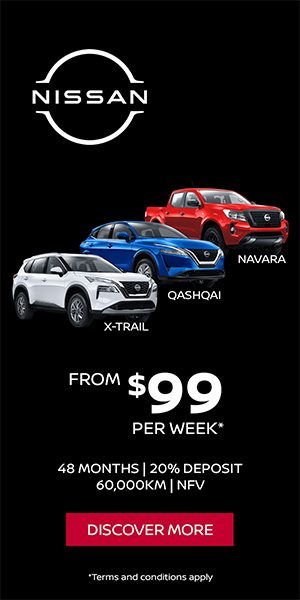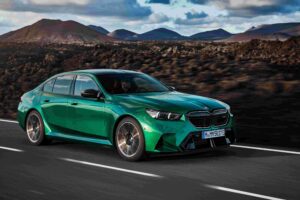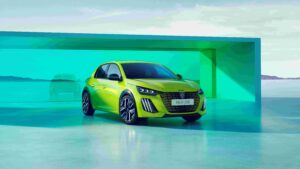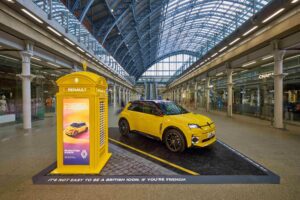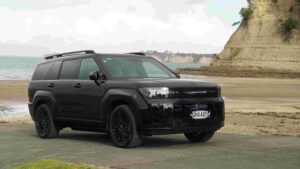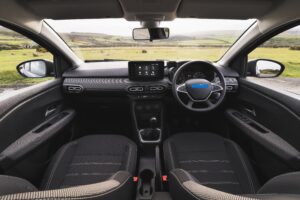by Jason Grunsell
Guest post: Jason Grunsell is a Canadian journalist with a keen eye for high end supercars and hypercars. He’s also got a soft spot for aircraft as well.
On the 3rd of March 2020 at the cancelled Geneva Auto show Swedish boutique supercar company
Koenigsegg unveiled its radical new car, the Gemera. This is Koenigsegg’s first four seat grand tourer,
which is a major departure from their traditional offering of light weight supercar/hypercars such as the
Agera RS, One to 1, the Regera, and the all new Jesko.
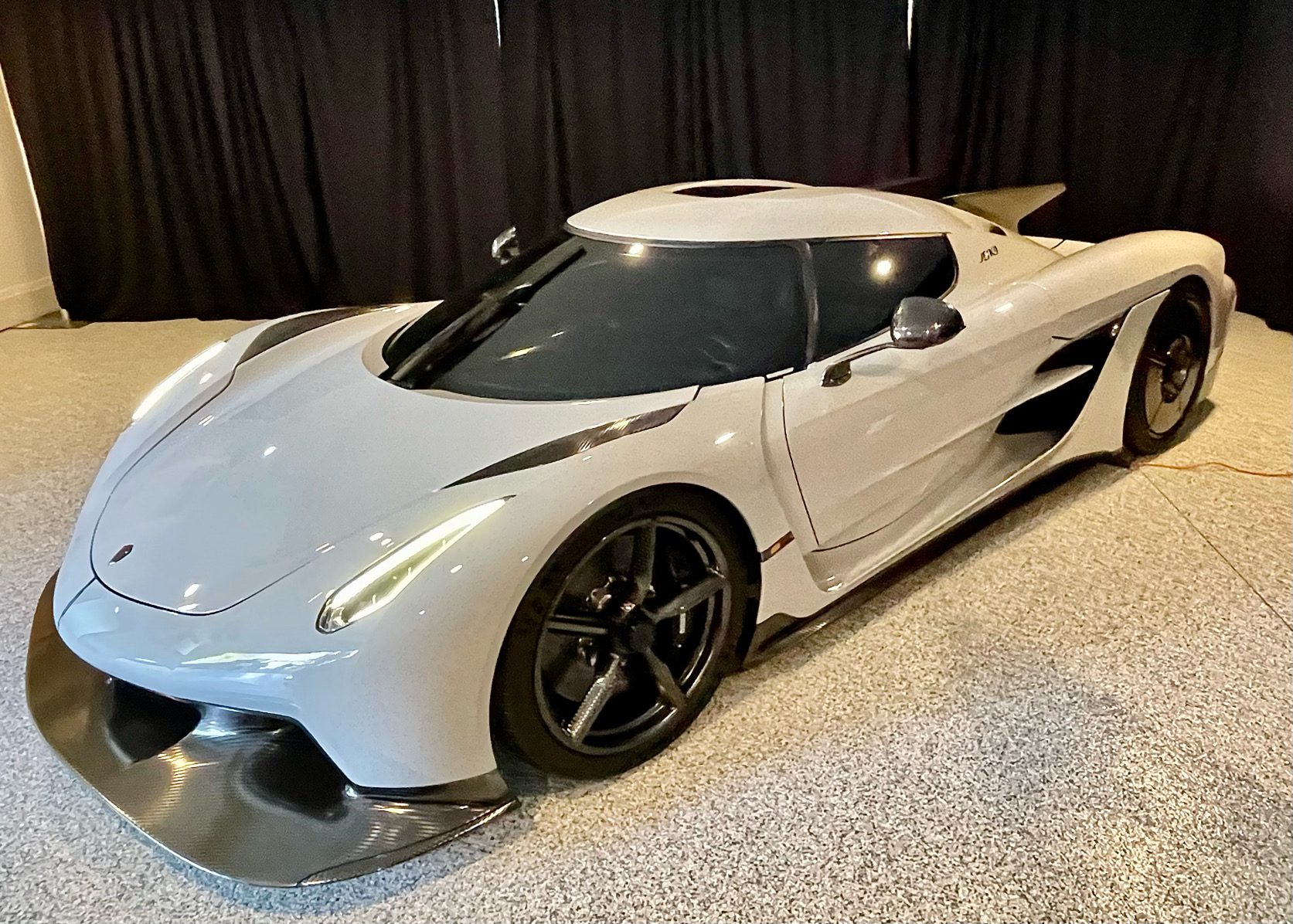
Watching Christian von Koenigsegg and his family drive out at the Geneva motor show, I was gobsmacked by the design and “practicality” of this Mega-GT.
It was rather amusing watching the four Koenigsegg family members climb out of the car and then
proceed to take out four regular sized carry on luggage bags from the car. Since that viewing I have been
impatient to see the Gemera in flesh, sadly the Covid19 pandemic has played havoc with the world so
getting the car to Canada has taken over a year and a half but finally the Gemera and its sporty sibling
the Jesko made it to Vancouver in August last year and I finally got to see if all my pent up excitement was worth the long wait.
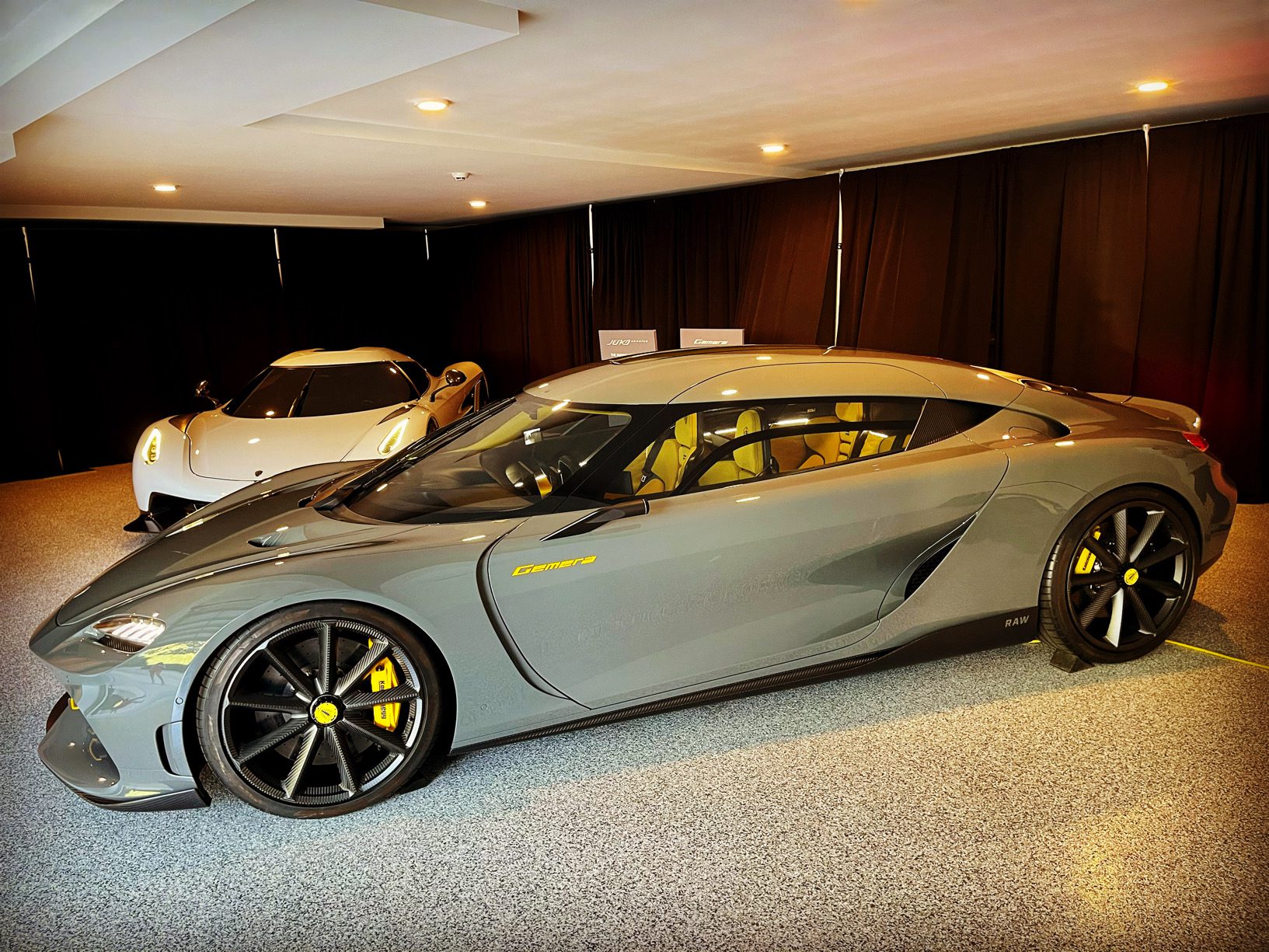
Yes! Most definitely yes! Oh my god yes it was worth the wait. The Gemera is one of those cars that
looks even more imposing in person than it does on camera. Up close the Gemera is not as big as I was
expecting though length wise its a tad shorter than a Porsche Panamera, while the roof line is very low.
It is mesmerizing to look at and then you become spellbound as the car performs its magic tricks with
the electro servos remotely opening the 2 huge dihedral synchro helix doors (try saying that a few times
in a row). And oh my what an interior that is revealed, a striking yellow alcantara interior, with four
seats, and cup holders. No huge B pillars, the front seats appear to float in air as the seatbelts are
cleverly integrated into the seat. My wife Kelly came along to assist me with taking images of the car and
she tried out the rear seats and declared them immensely comfortable. As my wife points out supercar
seats often do not take into account the fact that all shapes and size bodies need to fit these seats,
possibly to the denigration of more generously proportioned souls. Koenigsegg has helpfully addressed
this issue in the Gemera. Ingress and egress is fairly simply thanks to the low sill and the large one piece
dihedral synchro helix door opening. I sat in the back and in the drivers seat and felt like I belonged in
this car. This being a prototype there will be changes to the production vehicles, notably in shaving off
some of the padding on the side of the rears seats to make it even easier to get in and out. The central
glass roof panel brings in a lot of light thereby enhancing the perception of roominess in the interior. I
think a closed roof would make the make the rear seat occupants feel a little hemmed in.
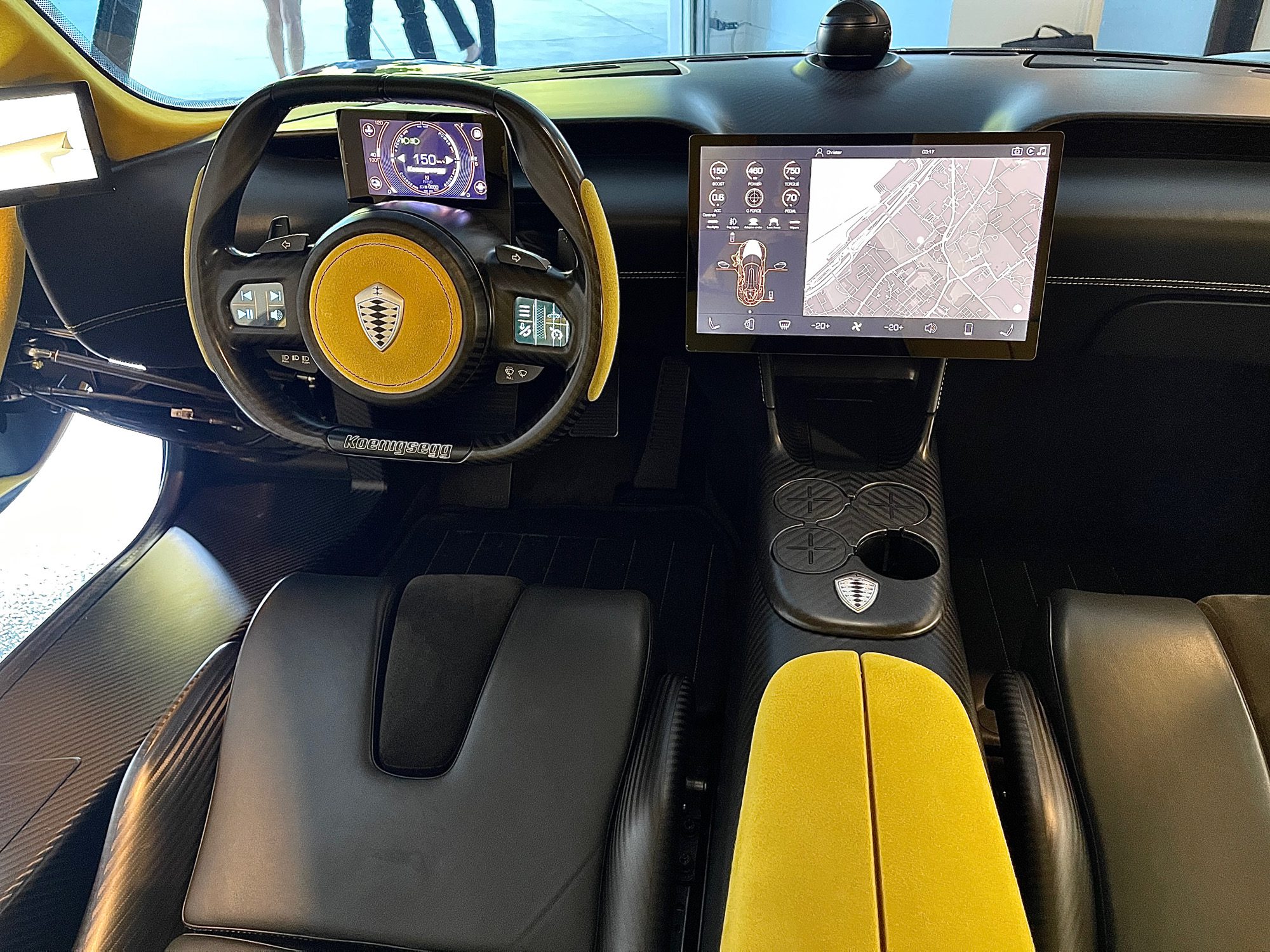
Sitting in the drivers seat was a dream, which gave me a moment to pause and think about all the
unseen technology that will help propel this Mega-GT to a top speed of 249mph. The design of this car
would not have been possible without the Tiny Friendly Giant Engine, a two litre 3 cylinder engine
created by Koenigsegg and its sister company Freevalve. Adding this small but powerful motor are two
500-horsepower electric motors on each rear wheel, with a third 400-horsepower electric motor
attached to the crankshaft that drives the front wheels. In total the Gemera delivers a mind blowing
1700 horsepower, culminating in a top speed of 249mph and 0-62mph in 1.9 seconds. The Mega-GT is
also an all wheel drive machine, a Koenigsegg first, as well as possessing all wheel steering and torque
vectoring. Not to mention its ability to run on second generation CO2 neutral renewable fuels. The
synergy of all these technologies combine to propel this single speed Koenigsegg direct drive Mega-GT
to a range of 621miles or a 1000km before refuelling. Gobsmacking.
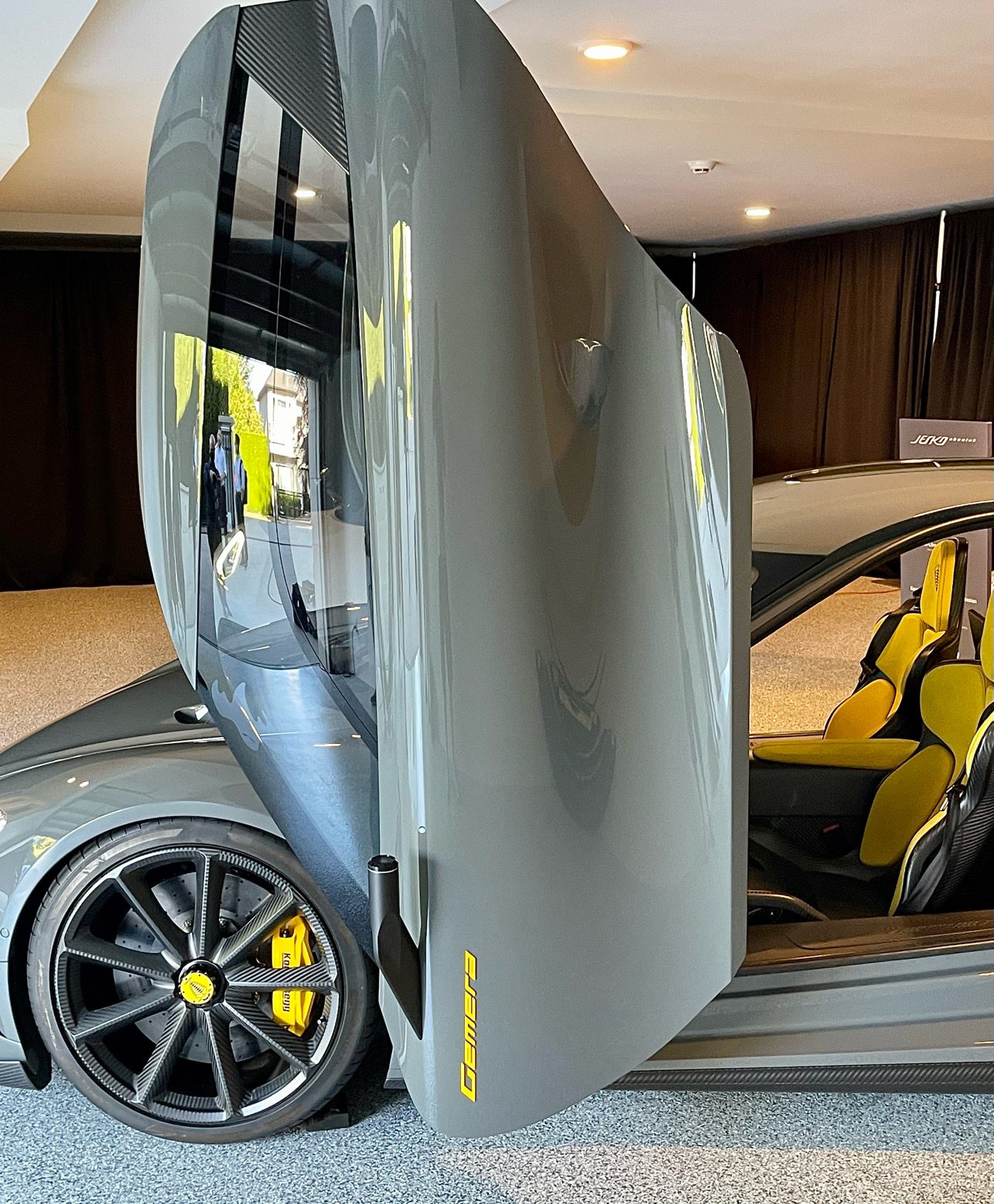
Now all this mega performance does not come cheap, so if you want to be one of the lucky 300
owners of a Gemera then be prepared to pony up $1.8 million. Canada has a 20 car allocation with
deliveries beginning in 2024. I have only two problems with the Gemera, one how on earth I am going to find $1.8 million to buy this tour de force of a machine, and more importantly what colour should I get?
Koenigsegg sales adviser Arthur Power recommends a bright interior with a more muted exterior. I
might be tempted to go with the show car colours of grey exterior and yellow interior. But this will be a
family decision, as my wife Kelly has already laid claim to the Gemera. Fortunately we have a few years
to decide on our colour choices.
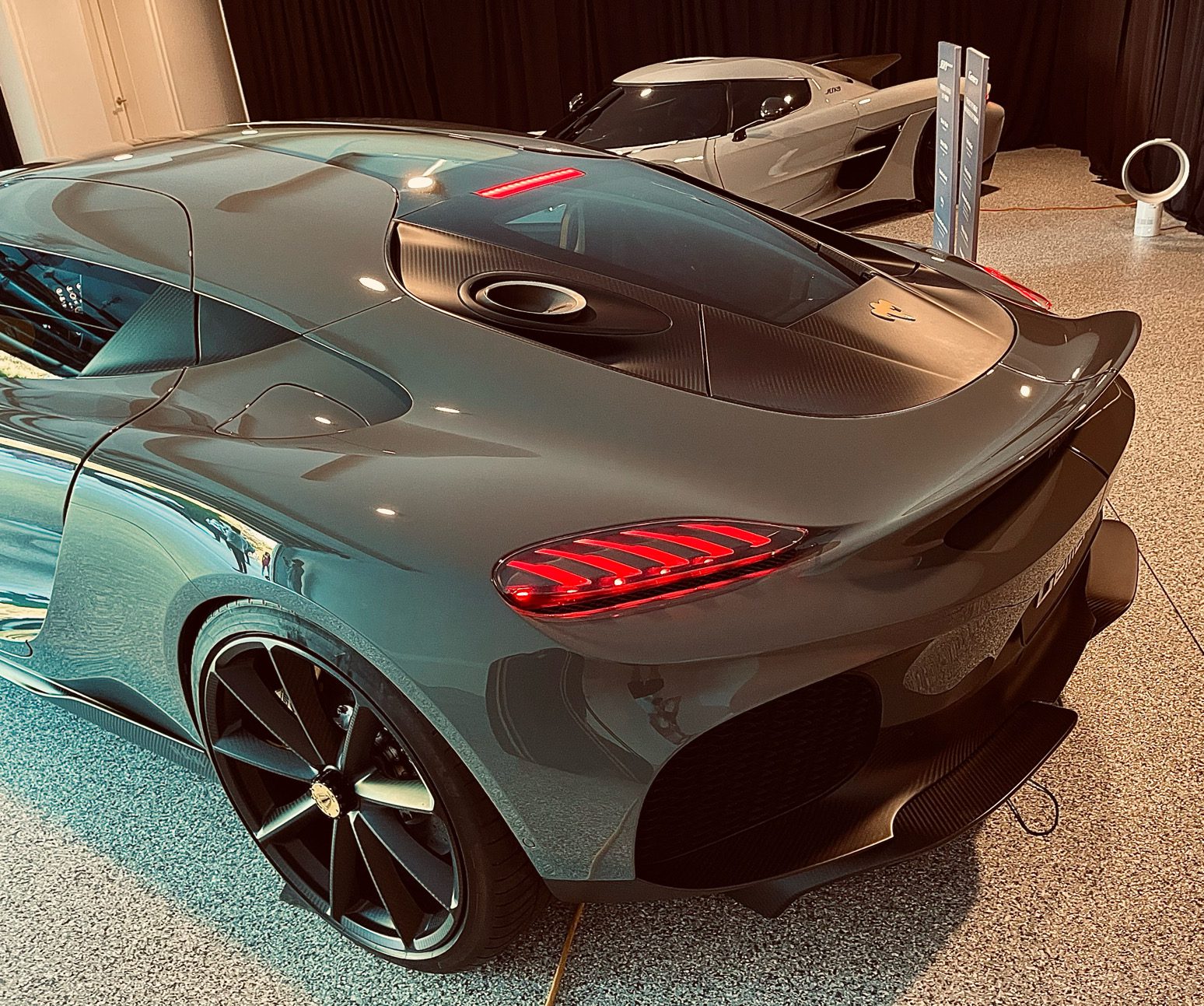
I would remiss if I failed to mention that accompanying the Gemera to Vancouver was the Jesko Absolute. This mid engine supercar is a successor to the Koenigsegg Agera and named as a tribute to the founder Christian von Koenigseggs father Jesko von Koenigsegg. The Jesko uses a 5.0 litre twin turbocharged V8 engine previously used in the Agera to produce 1281 break horsepower. Production will be limited to 125 units. Two versions will be offered, one in a high down force configuration with a rear wing meant for track use, the second model will be high speed version, the Absolute, which theoretically can reach a top speed of 300 mph (483). The Absolute version was on display here in Vancouver. A privilege to see this car, but I confess I only had eyes for the Gemera.
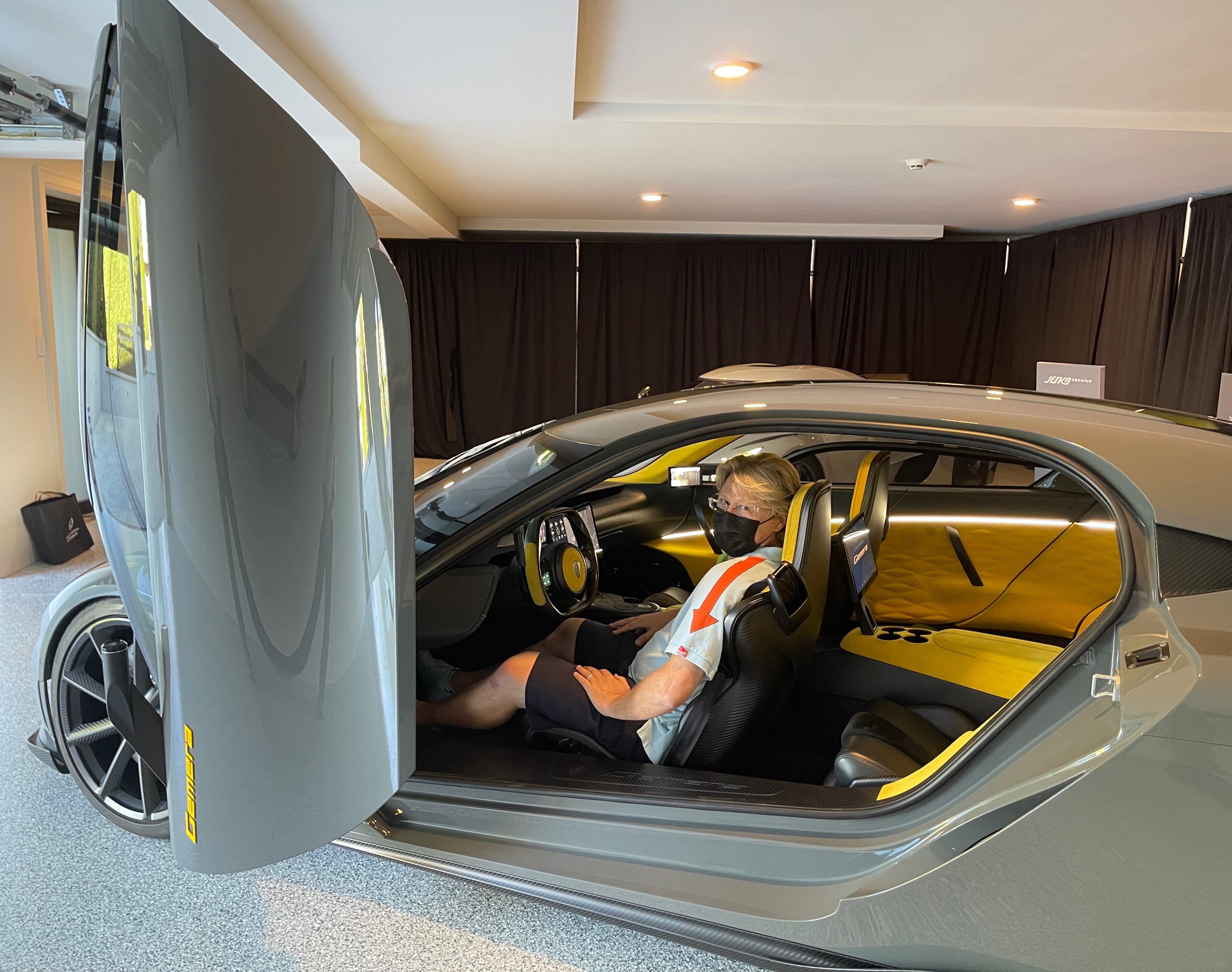
I cannot wait to see and drive a Gemera in the future. Roll on 2024 delivery dates. I’d like to thank Matt D’Souza for the opportunity to contribute to Tarmac Life.

